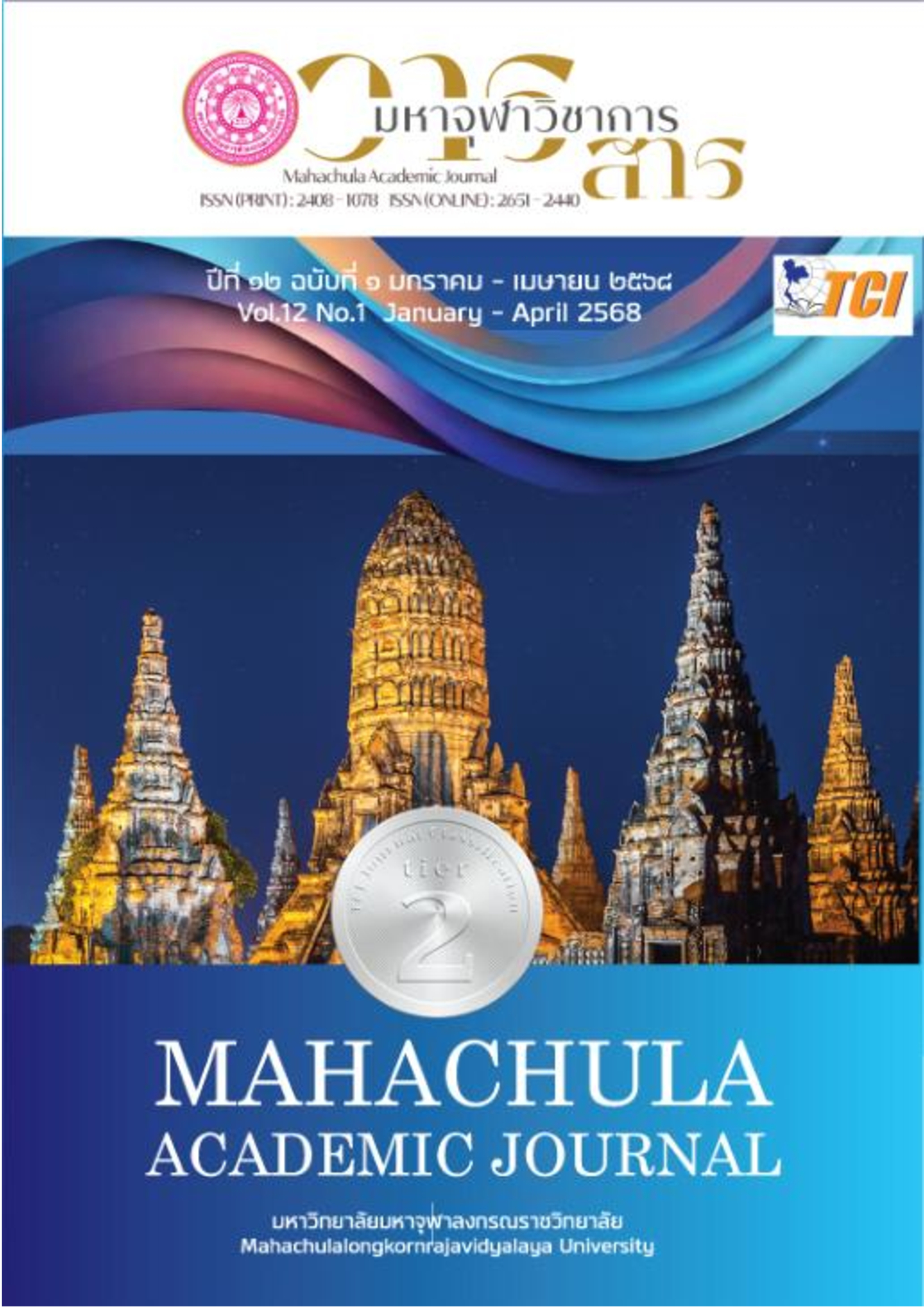Development of the Sign Language Interpreter Profession
Main Article Content
Abstract
This academic article aims to present concepts, theories, and approaches for developing the sign language interpreter profession both in Thailand and internationally. The study found that sign language interpreters play a crucial role as essential facilitators for people with hearing disabilities. Thailand has systematically developed professional standards through the 2021 Sign Language Interpreter Performance Standards, covering five areas: translation and communication of meaning, respecting the dignity and rights of service recipients, self-skill development, being a good role model in the profession, and compliance with relevant regulations. Additionally, professional ethics have been established encompassing responsibilities to oneself, the profession, service recipients, colleagues, and society. However, Thailand still faces a shortage of qualified sign language interpreters. Internationally, the United States is recognized as a leader in professional development through the Registry of Interpreters for the Deaf, which maintains a robust certification system. Meanwhile, the European Union has established the European Forum of Sign Language Interpreters to promote cooperation among member states, and Australia's National Accreditation Authority for Translators and Interpreters oversees professional standards. The future trends in the development of the sign language interpreting profession focus on technology utilization, education system development, and international collaboration.
Article Details

This work is licensed under a Creative Commons Attribution-NonCommercial-NoDerivatives 4.0 International License.
References
กรมส่งเสริมและพัฒนาคุณภาพชีวิตคนพิการ. มาตรฐานการปฏิบัติหน้าที่ล่ามภาษามือ พ.ศ. ๒๕๖๔. กรุงเทพมหารนคร: กระทรวงการพัฒนาสังคมและความมั่นคงของมนุษย์, ๒๕๖๔.
จิตประภา ศรีอ่อน. “การพัฒนาล่ามภาษามือ”. วารสารวิชาการศึกษาศาสตร์, ปีที่ ๔ ฉบับที่ ๒ (๒๕๔๒) : ๖.
พระราชบัญญัติการศึกษาแห่งชาติ พ.ศ. ๒๕๔๒. ราชกิจจานุเบกษา. เล่ม ๑๑๖ ตอนที่ ๗๔ ก. (๑๙ สิงหาคม ๒๕๔๒).
พระราชบัญญัติฟื้นฟูสมรรถภาพคนพิการ พ.ศ. ๒๕๓๔. ราชกิจจานุเบกษา. เล่ม ๑๐๘ ตอนที่ ๒๐๕ ฉบับพิเศษ. (๒๕ พฤศจิกายน ๒๕๓๔).
มลิวัลย์ ธรรมแสง. ล่ามภาษามือ ในมุมมองของคนหูหนวก. พิมพ์ครั้งที่ ๓. กรุงเทพมหานคร: มหาวิทยาลัยสวนดุสิต, ๒๕๖๓.
ระเบียบคณะกรรมการส่งเสริมและพัฒนาคุณภาพชีวิตคนพิการแห่งชาติ ว่าด้วยบริการล่ามภาษามือ พ.ศ. ๒๕๖๑. ราชกิจจานุเบกษา. เล่ม ๑๓๕ ตอนพิเศษ ๒๑๗ ง. (๒๗ สิงหาคม ๒๕๖๑).
สมาคมล่ามภาษามือแห่งประเทศไทย. จรรยาบรรณวิชาชีพล่ามภาษามือ. กรุงเทพมหานคร: สมาคมล่ามภาษามือแห่งประเทศไทย, ๒๕๕๔.
สำนักงานส่งเสริมและพัฒนาคุณภาพชีวิตคนพิการแห่งชาติ. มาตรฐานการปฏิบัติหน้าที่ล่ามภาษามือ พ.ศ. ๒๕๖๔. กรุงเทพมหานคร: กระทรวงการพัฒนาสังคมและความมั่นคงของมนุษย์, ๒๕๖๔.
Dean, R. K., & Pollard, R. Q. The Demand Control Schema: Interpreting as a Practice Profession. CreateSpace Independent Publishing Platform, 2013.
Napier, J. Sign Language Interpreting: A Growing Profession. In K. Malmkjær (Ed.). The Routledge Handbook of Translation Studies and Linguistics Routledge, 2021.
กรมส่งเสริมและพัฒนาคุณภาพชีวิตคนพิการ. “สถิติการให้บริการ กรมส่งเสริมและพัฒนาคุณภาพชีวิตคนพิการ”. [ออนไลน์]. แหล่งที่มา: https://sites.google.com/view/dep-stats-center/ [๑๐ มิถุนายน ๒๕๖๖].
European Forum of Sign Language Interpreters. “Professional Standards”. [Online]. Available: https://EFSLI.org/ [December 22, 2024].
National Accreditation Authority for Translators and Interpreters. “Interpreter Certification”. [Online]. Available: https://www.naati.com.au/ [December 22, 2024].
Registry of Interpreters for the Deaf. “About RID”. [Online]. Available: https://rid.org/about-rid/ [December 22, 2024].

